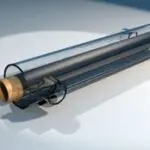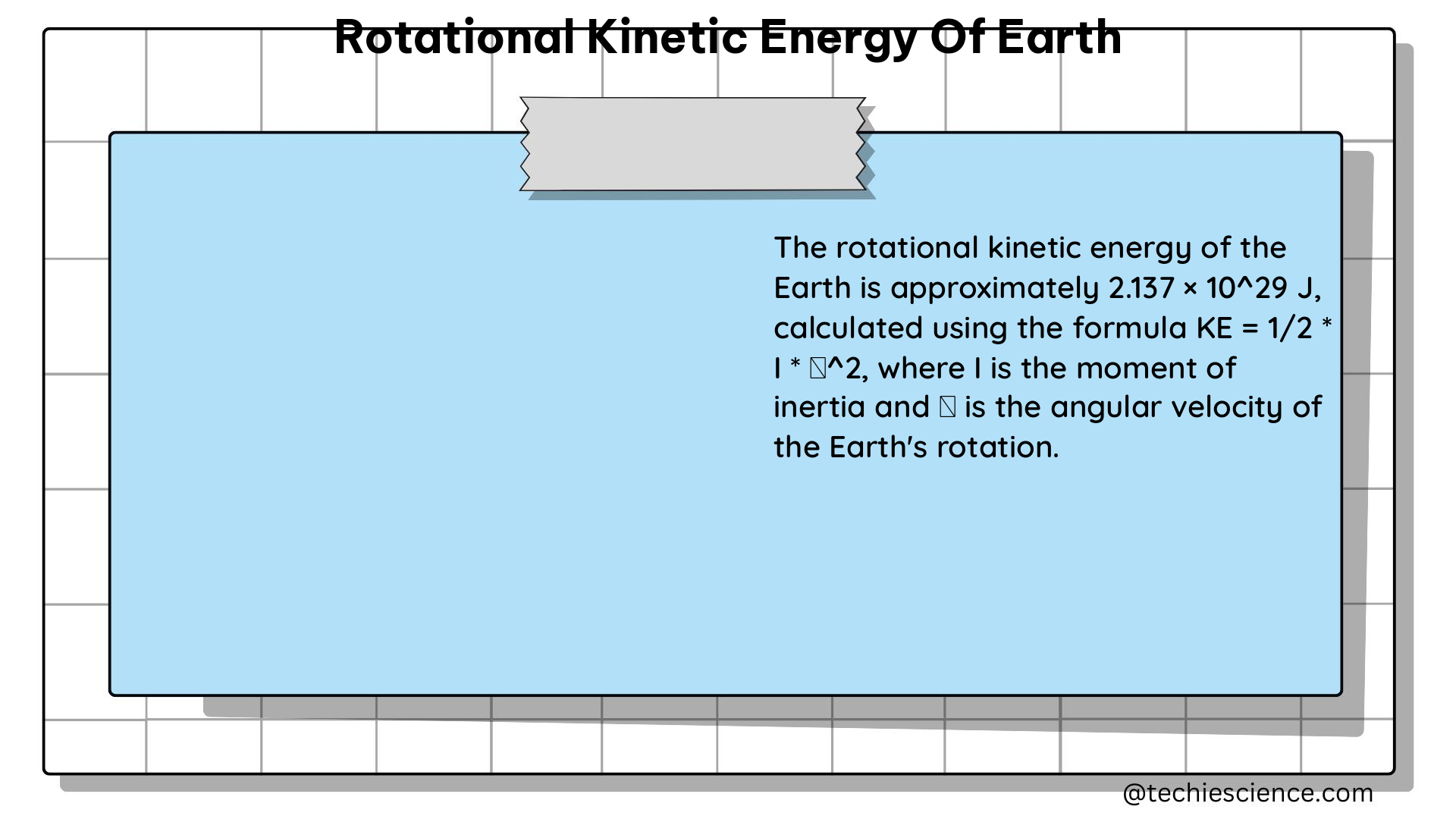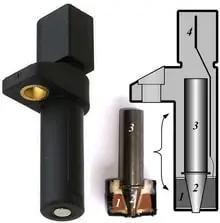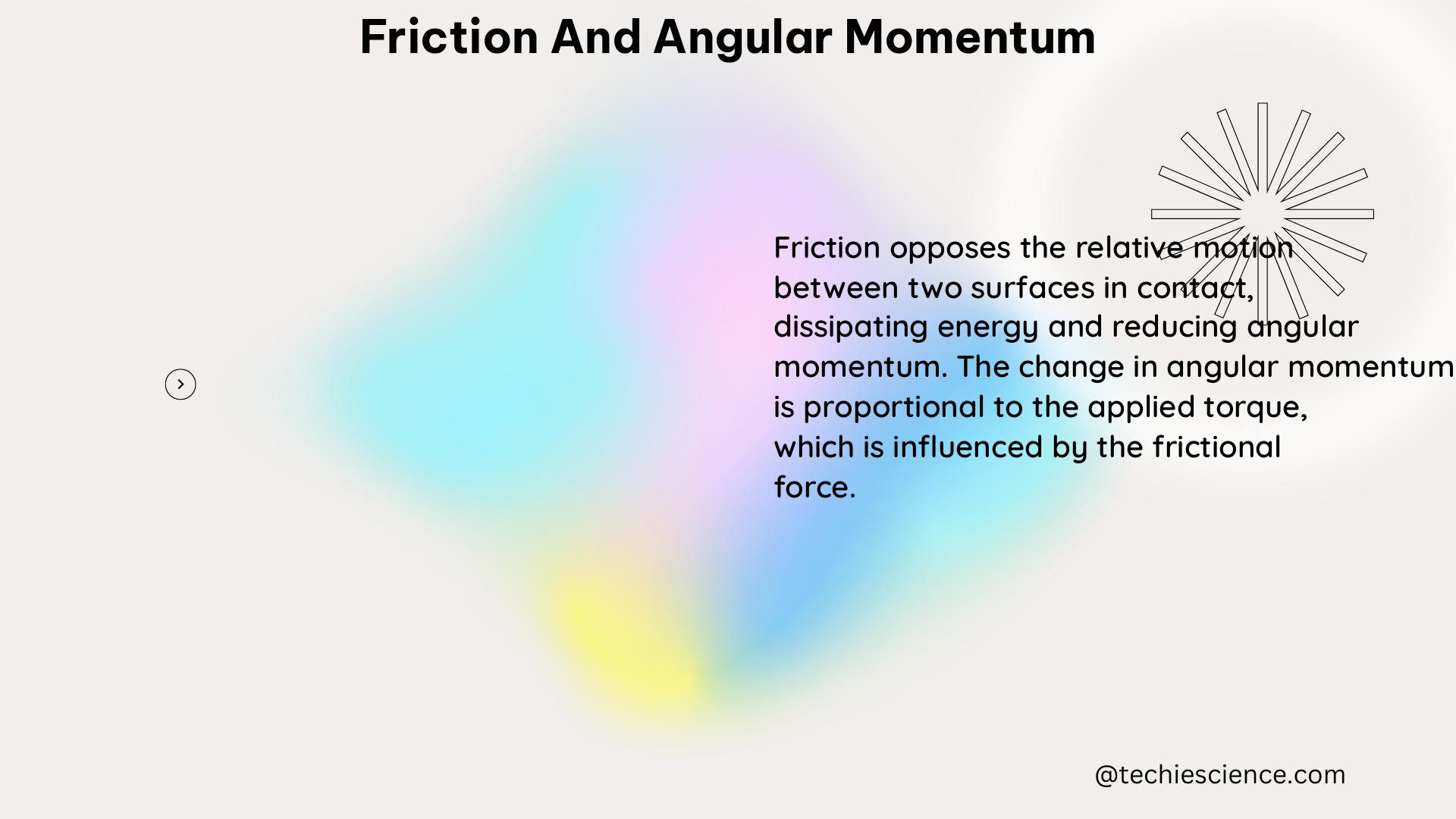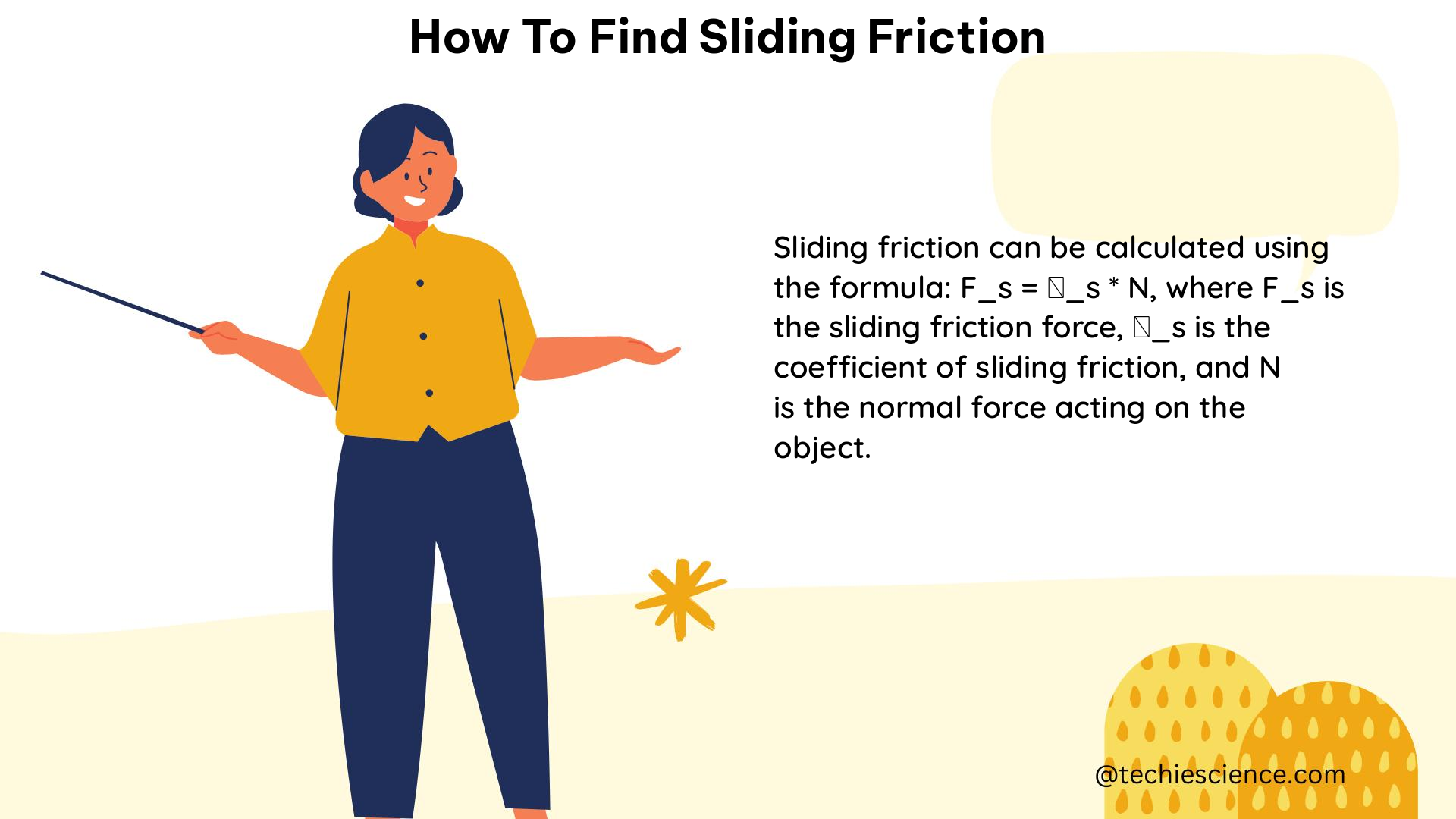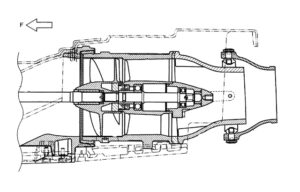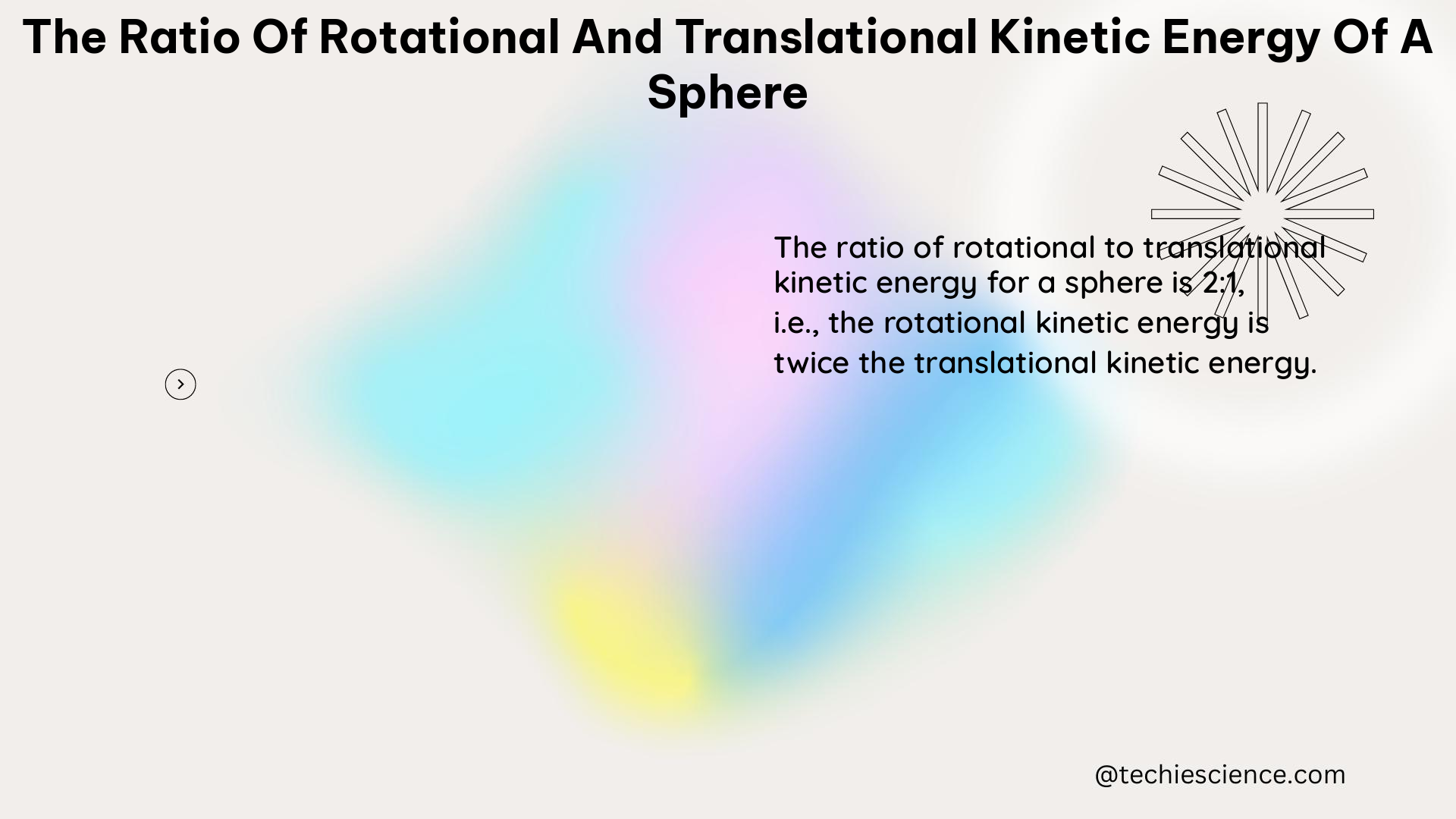This article discusses about heat exchanger examples. The name makes it easier for us to understand the meaning of heat exchanger.
The heat exchanger is nothing but an equipment that exchanges heat between two substances in order to bring down or elevate the temperature to desired levels. In this article we shall study about what a heat exchanger is, what are its different types and different examples where heat exchangers are used.
- Air pre heaters
- Economizers
- Evaporators
- Superheaters
- Condensers
- Cooling towers
- Swimming pool heat exchanger
- Hydraulic oil cooler
- Boilers
- Water jackets
What is heat exchanger?
Heat exchanger is an equipment used to transfer heat between the working fluid and the fluid whose temperature is to be brought down or increased.
Heat exchangers uses hollow tubes through which the fluids are passed. The fluids have temperature difference between them due to which heat transfer takes place. The most important thing for heat transfer to take place is temperature difference between the two objects/fluids. In this article we shall discuss about the different types of heat exchangers and their examples.
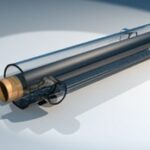
Image credits: Wikipedia
Types of heat exchangers according to the direction of flow of fluids
According to the direction of flow of fluids relative to each other, we can classify heat exchangers in to three types. These types are given in the list below-
- Parallel flow heat exchanger- When the fluids flow in the same direction relative to each other, the heat exchanger will be referred to as parallel flow heat exchanger. The temperature of the hot fluid decreases whereas the temperature of cold fluids increases.
- Counter flow heat exchanger- When the fluids flow in opposite direction relative to each other, then the heat exchanger will be referred to as counter flow heat exchanger. We can find the effectiveness of the heat exchanger using the formula discussed in the later sections of this article.
- Cross flow heat exchanger- As the name suggests, cross flow heat exchangers are those heat exchangers in which the fluids flow perpendicular to each other. The tubes make ninety degrees to each other.
Types of heat exchangers according to the transfer process
The classification of heat exchangers on the basis of transfer processes are given in the list below-
- Indirect contact type- In this type of arrangement, the fluid streams separate and the heat transfer takes place continuously through a dividing wall in and out of the wall in a transient manner. Different types of indirect contact type heat exchangers include storage type heat exchanger, fluidized bed heat exchanger etc.
- Direct contact type– In the direct contact type heat exchanger, two fluids exchange heat with each other by coming in direct contact with each other. They exchange heat and then get separated from each other.
Effectiveness of Heat exchanger
The effectiveness of heat exchanger is a ratio between the actual heat transfer taking place to the maximum heat transfer that can take place in the heat exchanger.
The significance of effectiveness is that it allows the designers to predict how a given heat exchanger will perform a new job. The trial and error procedure is eliminated if we know the effectiveness of the heat exchanger.
Heat exchanger examples
The places where heat exchangers are used are given in the list below-
Air pre heaters
The name suggests that the air is being heated prior to sending it to perform any other process. For examples, they can be used in boilers for increasing the thermal efficiency of the power plant. Pre heated air will improve the quality of fuel input into the power plant.
Economizers
It is an alternative to the air conditioning system. Economizers use outside air to cool the building instead of running compressors like those used in air conditioning system. This also saves a huge sum of money as it saves energy.
Evaporators
Evaporators are used to convert any liquid to its gaseous form. The temperature of the liquid remains the same. The phase change process is an isothermal process. The evaporators are used in boilers to change the liquid water to gaseous steam. In evaporators, the temperature of fuel is same as it undergoes phase transformation. On the other hand the temperature of the colder fluid increases that is used as working fluid inside the heat exchanger.
Superheaters
Superheaters are used inside boilers that convert the wet steam to dry steam. The dry steam is that steam in which there is no liquid water content. The dryness fraction of dry steam is 1 or 100%. The superheaters are used for superheating the steam. The quality and enthalpy of superheated steam is greater than the normally used wet steam or saturated steam.
Condensers
Condensers are opposite to what evaporators are. Condensers bring back the liquid from its gaseous state without changing its temperature. The condensers are simple heat exchangers that absorb heat from the steam and convert it back to liquid water. The amount of heat absorbed is equal to the latent heat of vapourisation of water. Similar to the evaporators, the fuel’s temperature remains the same and the temperature of hot fluid that is used as working fluid inside the heat exchanger decreases.
Cooling towers
A cooling tower is a tower used to reject heat from the system to the surroundings. The heat expelled out of the system is waste heat that holds no use in the further process. These towers appears as chimneys through which a cloud of gas is expelled out. This gas cloud is nothing but the gas of working fluid. Heat is being dissipated in the form of steam.
Swimming pool heat exchanger
A swimming pool heat exchanger transfers heat from a hot water stream to the cooler pool water stream without making them come in direct contact to each other.
Hydraulic oil cooler
A hydraulic oil cooler cools the hydraulic oil. These can be used in power packs, power washers and engines, almost anywhere the hydraulic oil is used. The hydraulic oil needs to be cooled because without cooling, the oil may catch fire due to higher temperatures and may be fatal for the operator as well as the machinery.
Boilers
The most common use of heat exchangers is in boilers. The boilers use heat exchangers to heat the liquid water such that it gets converted in to steam. In the entire phase change process, the temperature of the liquid/gas remains the same meaning it is an isothermal process. We have already discussed in the above sections how heat exchangers work inside a boiler.
Water jackets
In water jackets, water is used to cool or heat the exhaust running through the engine. We can see jacketing in rocket engines, the hot exhaust gases heat up the fuel and then the fuel is sent back for combustion. This increases the combustion efficiency of the rocket engine. In automobiles, water jacketing is used to cool the engine and prevent excessive heat loss. The water jacketing brings down the engine temperature.
Other types of heat exchangers
On a broader basis, there are many more types of heat exchangers. They are given in the list below-
- Shell and Tube heat exchangers
- Plate heat exchanger
- Plate and shell heat exchanger
- Adiabatic wheel heat exchanger
- Finned tube heat exchanger
- Pillow plate heat exchanger
